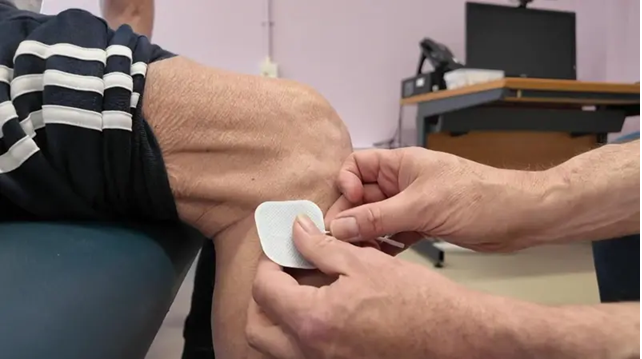Low-dose Carbon Monoxide may Explain Reduced Risk of Parkinson’s Among Smokers

Exercising With Friends
14th May 2025
8 Tips to Help with Freezing for People with Parkinson’s
14th May 2025Low-dose Carbon Monoxide may Explain Reduced Risk of Parkinson’s Among Smokers

Low-dose Carbon Monoxide may Explain Reduced Risk of Parkinson’s Among Smokers
Paradoxically, previous research has shown that – despite its inherent health risks – cigarette smoking is linked with a reduced risk of Parkinson’s disease. Until now, however, it was not clear how.
New research in laboratory models indicates that low doses of carbon monoxide – comparable to that experienced by smokers – protected against neurodegeneration and prevented the accumulation of a key Parkinson’s-associated protein in the brain.
“Because smoking has consistently been associated with a reduced risk of Parkinson’s, we wondered whether factors in cigarette smoke may confer neuroprotection,” said senior author Stephen Gomperts, MD, Ph.D., an attending physician at Massachusetts General Hospital and an Associate Professor of Neurology at Harvard Medical School.
“We considered carbon monoxide in part because it is generated endogenously in response to stress and has been shown to have protective properties at low levels. Also, overexpression of heme oxygenase-1, a stress-induced enzyme that produces endogenous carbon monoxide, has been found to protect dopaminergic neurons from neurotoxicity in an animal model of Parkinson’s.”
(Dopaminergic neurons are responsible for producing dopamine, a neurotransmitter which plays a key role in movement control.)
In addition, nicotine, a major constituent of cigarette smoke, has been found to be ineffective at slowing Parkinson’s progression in a recently reported clinical trial.
These findings led Gomperts and his colleagues to test the effects of low doses of carbon monoxide in rodent models of Parkinson’s.
They administered a low dose of carbon monoxide (comparable to the exposure experienced by people who smoke) in the form of an oral drug product provided by Hillhurst Biopharmaceuticals, and found it protected the rodents against hallmark features of Parkinson’s – including the loss of dopaminergic neurons and the accumulation of the Parkinson’s-associated protein alpha-synuclein in neurons.
Low-dose carbon monoxide activated signalling pathways that limit oxidative stress and degrade alpha-synuclein.
The team also found that heme oxygenase-1 was higher in the cerebrospinal fluid of people who smoke compared with non-smokers. And in brain tissue samples from patients with Parkinson’s, heme oxygenase-1 levels were higher in neurons that were free of alpha-synuclein pathology.
“These findings suggest that molecular pathways activated by low-dose carbon monoxide may slow the onset and limit the pathology in PD. They support further investigation into low-dose carbon monoxide and the pathways it modifies to slow disease progression in Parkinson’s,” said Gomperts.
“Building on clinical studies in both healthy people and people with a variety of clinical conditions showing safety of carbon monoxide at the low doses studied here, a clinical trial of low-dose, orally administered carbon monoxide in patients with Parkinson’s is planned.”
Sources:
Original article by Brandon Chase, Massachusetts General Hospital



